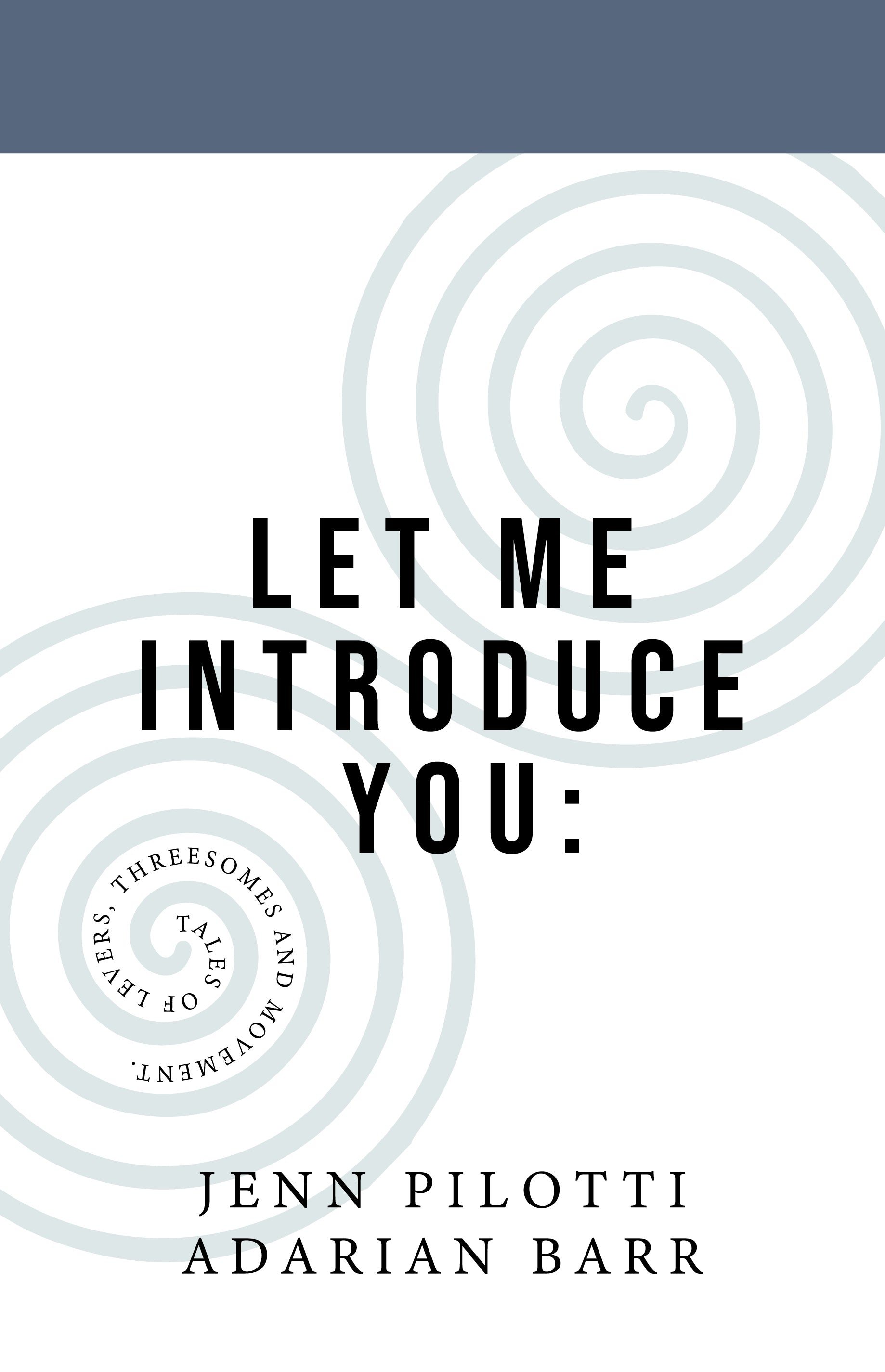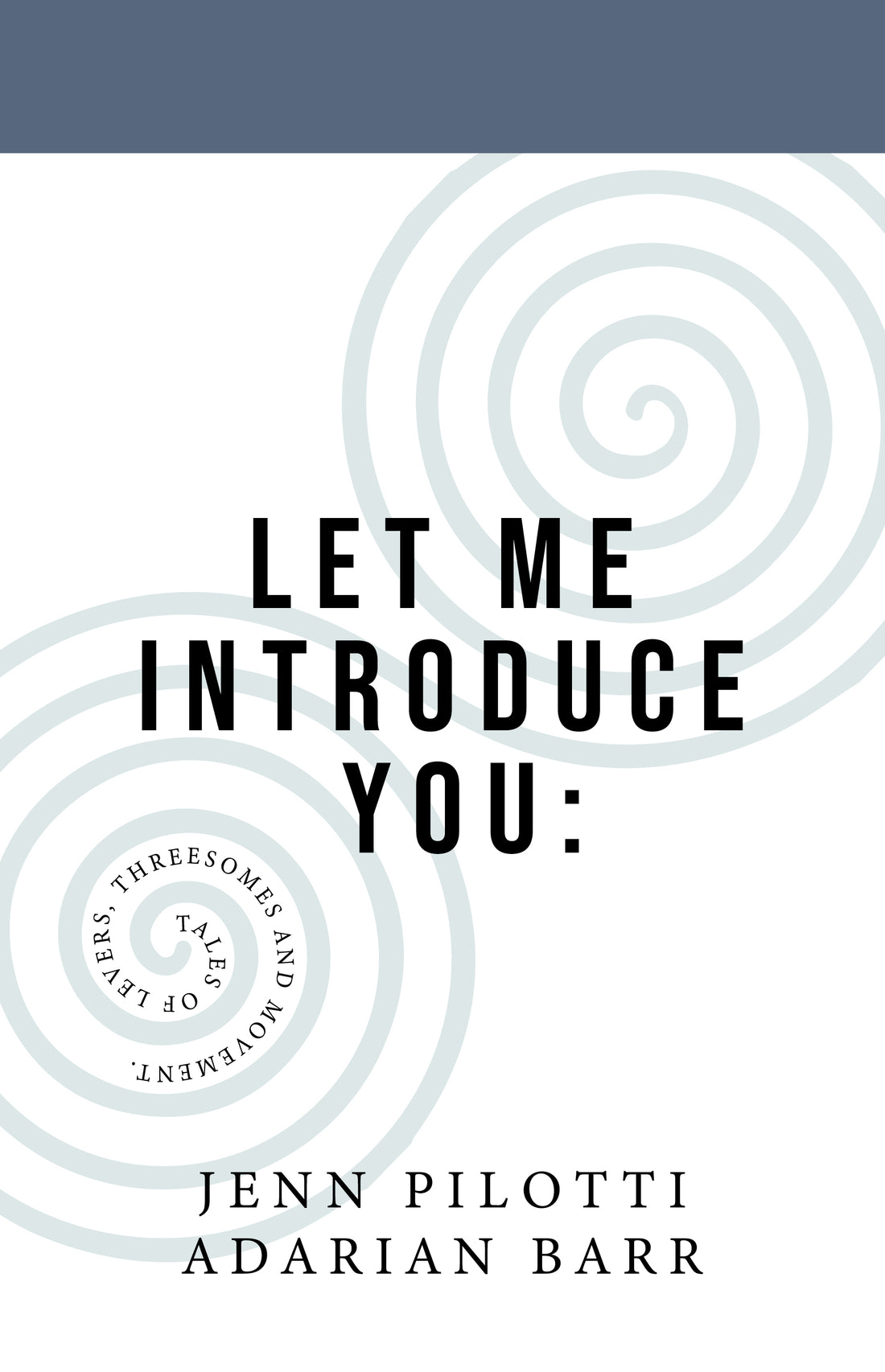The touch equation: Why does this matter?
Why does this matter?
Because the input is the output.
How many different types of input can you come up with?
Take a minute. Write down whatever input you can think of.
Read your list slowly. How does each input change how you move?
Think of this another way: what is your desired output? What is the best input to create that
output?
An example: when I run during the winter on the trails, my desired output is not falling on the
ice. So what do I need to change?
What’s on the bottom of my shoes. I add something that extends the collision, allowing me to
grip the ice so I don’t slip.
This might seem obvious, but it’s different than my desired output during the summer, which is
to run the trails fast. So what do I change during the summer?
My technique so I can create short collisions.
One more example:
What is one of the main limitations for someone using an aerial apparatus (like a pole, a Lyra,
or silks)?
Grip. Not only how hard someone grips (too much is too much pressure which limits movement;
too little doesn’t create enough pressure to get enough input for movement), but also whether
the hands are sticky enough to not slip. Slipping doesn’t feel secure, just like regular shoes on
ice doesn’t feel secure. The sense of slipping comes from the surface of what’s being held and
from the palms of the hands.
Feeling like you are going to slip affects your output, preventing you from moving in certain
ways because the nervous system is smart like that.
There are so many ways to change input on the quest for the desired output. What do you want
to achieve?

